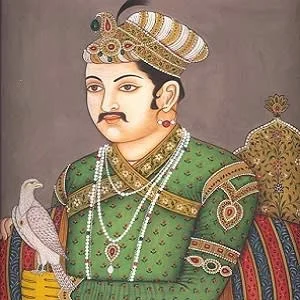Over the last 35 years, the number of healthcare administrators in the US have grown by 3200%. However, there has only been a 150% growth in physicians during the same period. As of 2009, only 235 hospitals out of a total of 6000 hospitals in the US included physicians in top leadership roles. This is a significant decline from 35% physicians in leadership position back in 1935. A primary reason for this decline is the lack of specific integrated management training and leadership development for physicians in medical school and residency programmes.
The current state of physician-leaders (or lack of) is unfortunate since these physicians are at the intersection of patient care and healthcare management. But our medical school and residency programmes lack leadership-specific curricula to enable physicians to prepare themselves as leaders. Physicians have to wear many hats and have to lead from various aspects such as interacting with clinically and socially complex patients and their families, managing interdisciplinary care teams, navigating complex payment systems and providing high-quality clinical care. The role that a physician plays can be fairly complex and thus they require specific leadership skills so that they can perform better and not learn from trial and error.
There is no doubt that leadership style has a significant impact on organisational function and outcome. If we draw upon history, we will find interesting examples of two Moghul emperors who ruled the Indian subcontinent during the 16th and 17th century. Emperor Akbar was the ruler of a culturally and religiously diverse Indian empire. During his reign, the Indian subcontinent saw significant advancement in both Arts and Science. What set Akbar apart from other leaders was his ability to embrace different cultures and philosophies and be open to other people's point of view. Akbar formed a coalition of scholars and philosophers from various religions to foster civil discourse and promote the exchange of ideas. His leadership style was based on debate and negotiation amongst the most respected thinkers within his court and his empire. He was thus able to rule quite successfully without letting cultural and religious differences cause any problems. It was his laterality of leadership that allowed his subjects to be more productive and to contribute towards the growth of the empire.
Emperor Aurugzeb, on the other hand, was more of an authoritarian and unilateral leader. He was much less tolerant than his grandfather and implemented religious laws that favoured one group over another. He centralised his power and discouraged diversity. He designed and implemented policies that curtailed or censored any point of view that was not compatible with his own point of view. Aurangzeb was thus a non-inclusive leader who failed to preserve the cohesion of the empire formed by his great grandfather and set into motion the fall of the Moghul empire.
Medicine needs and expects physicians to be Akbars. Medicine needs physicians who show emotional intelligence, remain adaptable and serve as capable and effective leaders at every stage in their careers. There is a need to implement formalised, integrated, leadership training programmes right at the beginning of medical school, and continuing in residency and fellowship programmes. Formal leadership skills cultivated throughout medical training benefit all physicians.
This is the time for more Akbars and less Aurangzebs in healthcare.
Source: European Heart Journal
Image Credit: Wikimedia Commons
Latest Articles
Leadership, Emperor Akbar, Indian emperors, physician-leader
Over the last 35 years, the number of healthcare administrators in the US have grown by 3200%. However, there has only been a 150% growth in physicians d...






